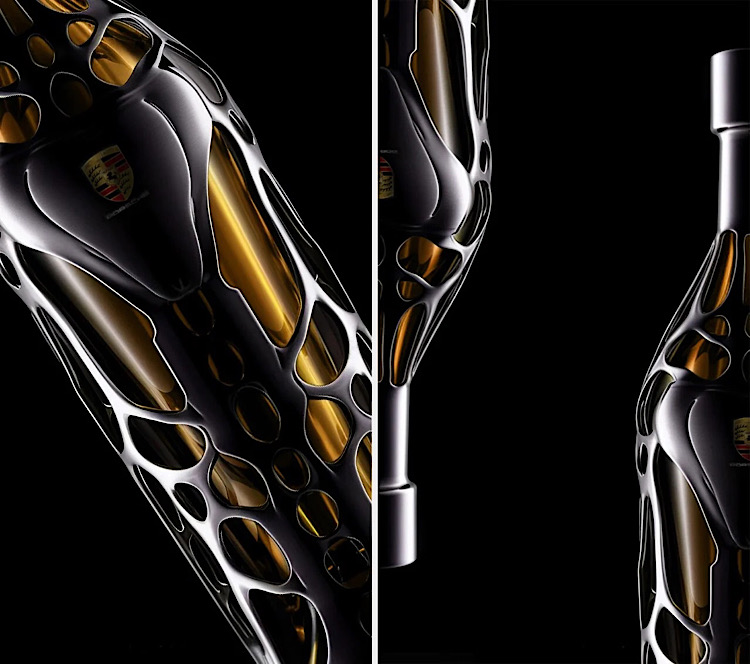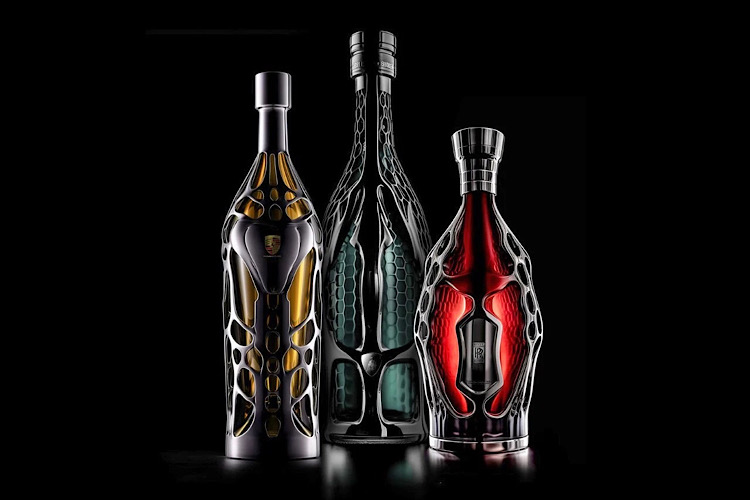These days, a designer in Shenzhen named Taron has created an exquisite range of wine bottles that are as elegant and sophisticated as their automotive counterparts. With a metal exoskeleton framework encasing each glass bottle, the wine bottles pay tribute to four iconic car brands, namely Rolls-Royce, Ferrari, Lamborghini, and Porsche, embodying the unique character of each brand.
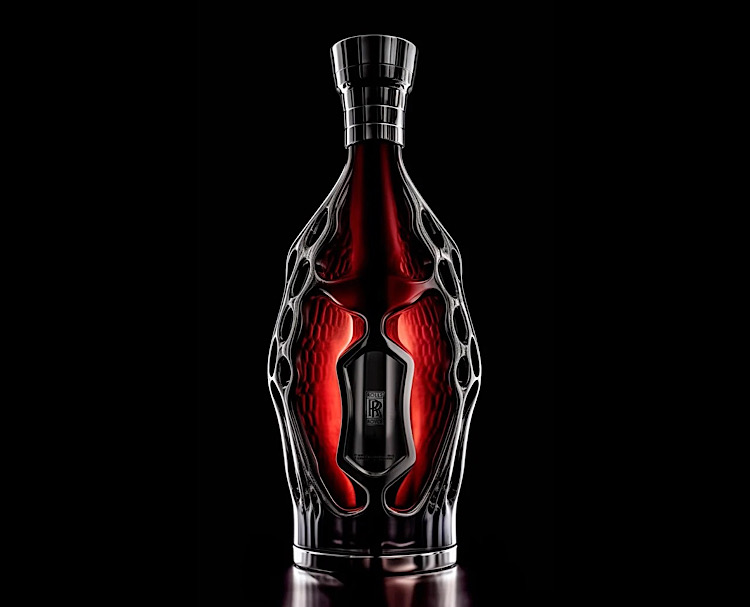
The style of the bottles
Taron has used parametric modeling to craft each wine bottle with its own signature outer skeleton, which looks like the metallic chassis of most automobiles. These wine bottles come with a frame that feels organic and alive, making them appear legendary and not just mundane.
Each iconic brand has its own distinct style. The Rolls-Royce bottle is broad and occupies its space unapologetically. The Ferrari bottle is sleek and appears like it could slice through the air with ease. The Lamborghini bottle employs facets and bold details to pay homage to its automobiles, while the Porsche bottle has an exoskeleton that covers its signature 911-inspired yellow body.
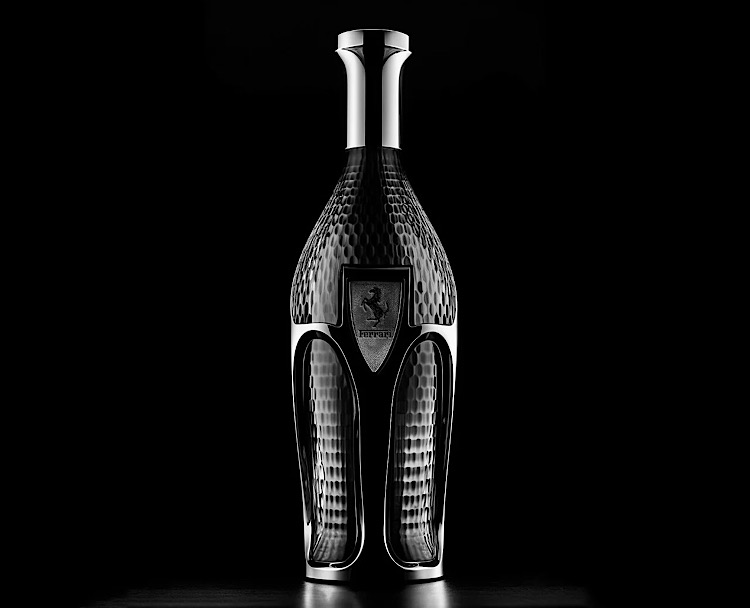
Luxury cars and wine bottles
The luxury-car-inspired wine bottles are similar to Ross Love grove’s perfume bottles designed in collaboration with F1 back in 2019. These products use 3D-printing for their outer armatures as well, and the glass bottle fits snugly into the hollow chassis and is secured in place with a base and cap. Unfortunately, these bottles are merely conceptual at this point, although many would undoubtedly love to have a bottle of Rolls-Royce rosé.
While these luxury-car-branded wine bottles are currently conceptual, they represent an exciting trend of designers creating unique and innovative ways to fuse design elements from different industries. The blend of luxury cars and fine wine is not only visually striking, but also represents the convergence of two highly valued lifestyles.
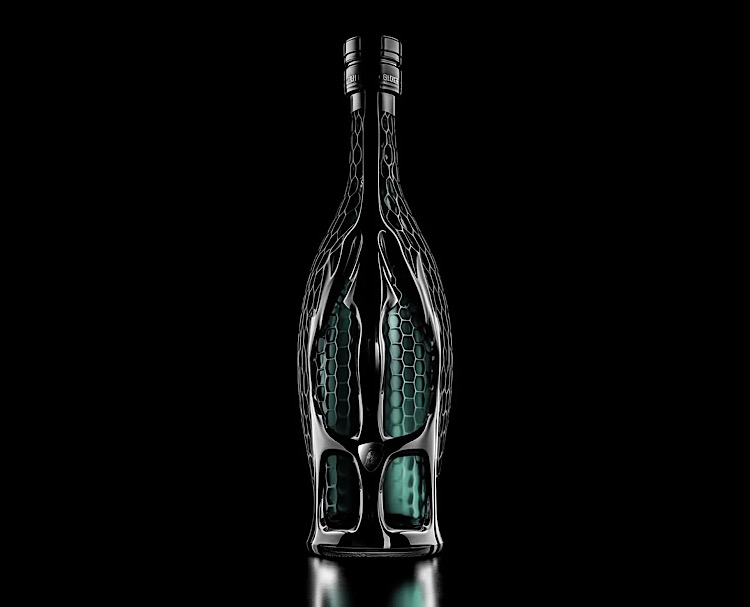
The future of the luxury wine bottles
Moreover, the use of parametric modeling and 3D-printing in the design process demonstrates the ever-evolving technological advancements in the field of product design, which allow designers to push the boundaries of what is possible.
It would be fascinating to see these wine bottles in production, and whether they would be limited-edition collectors’ items or mass-produced for the wider market. Regardless, they showcase the potential for creativity and innovation in product design, and we can expect to see more cross-industry collaborations and boundary-pushing designs in the future.

